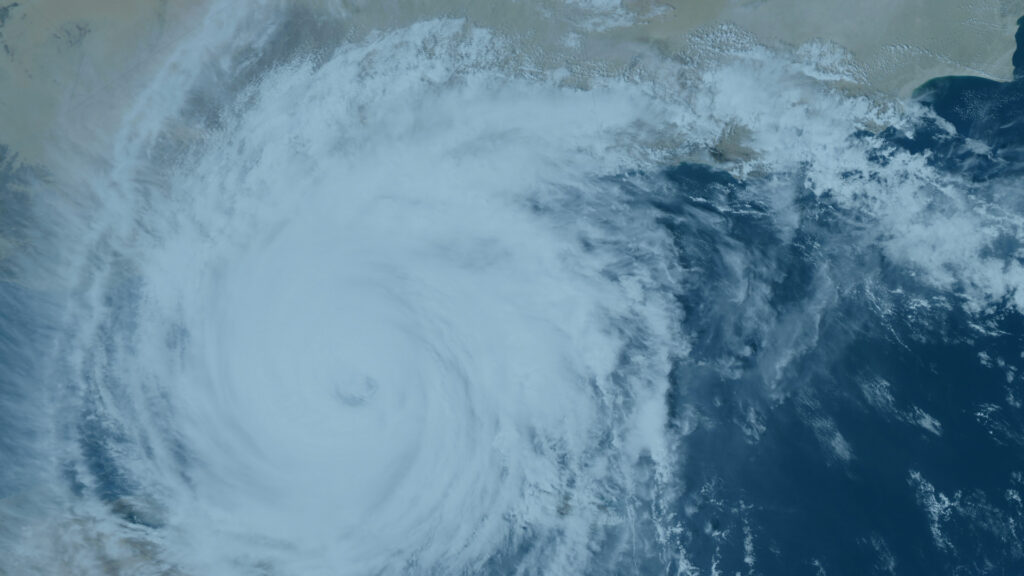Small Business Guide to Hurricane and Natural Disaster Relief

With the two recent hurricanes that have devastated the Gulf states area, especially Texas and Florida, at MHA we add our thoughts and prayers to those who are displaced and experiencing loss as a result.
When water, wind, and rain become overwhelming, it illustrates exactly how fragile the works of man – including businesses – truly are. Many businesses impacted by natural disasters are small and only carry minimum – or not enough – insurance to cover property damage and business interruption. Due to this and many other factors, small businesses have a challenging time recovering from natural disasters such as hurricanes.
Because of the long-lasting and sometimes terminal effect major natural disasters like hurricanes can have on businesses, this guide is intended to assist small business owners in planning and preparing for the recovery phase of natural disasters, and for use if their business is damaged during an event. By breaking the process down into simple steps, we hope we can relieve some of the stress and uncertainty. It is important that these steps and preparations be in place before the event occurs or is bearing down.
Prepare Before the Event Occurs
In preparation for these last two hurricanes, several of our clients had multiple meetings to attempt to minimize impacts or be prepared to take mitigating actions once the event caused an impact, such as property damage, to their organization. While these meetings are necessary, the planning revolves around the execution of previously determined actions or strategies. Meanwhile, other organizations are coming up with actions in a somewhat reactionary way.
There are preparations that can be made when there is time prior to a natural disaster, and having predetermined actions or steps to perform or have at the ready reduces anxiety. Advance planning also allows for more functional management during an event. Often there is no time to prepare, so having a plan, or at least a strategy, can help speed the recovery after the storm or event has ended.
Consider the potential impacts that may result from the initial effects and damages caused by the event. Examples include:
- What are the impacts to the business if staff are not available?
- Will your critical vendors have the ability and capacity to support you?
- What is the state of your supply chain resiliency?
Contact Your Insurance Carrier
Understand the details of what is and is not covered by your insurance, and any requirements regarding notification. Document this summary information as part of your plan. After the event, contact your carrier and discuss options before filing a claim.
Register for Federal Assistance
Contact FEMA either online at DisasterAssistance.gov or call at 1-800-621-FEMA (3362). This is especially important if you believe your insurance coverage may not be sufficient.
Beware of Scams
You should not use anyone who initiates contact with your organization to help repair any kind of damage, whether physical, financial or staffing. If necessary, utilize a trusted partner to advise, counsel, or provide recommendations. This is another area where you should identify vendors or resources ahead of time and not as a reactionary step. Proactive communication can help keep you higher on the priority list for a response.
Refer to Your Business Continuity Plan
If you have no existing plans, it may make sense to develop a high level, basic strategy and plan for recovery before a disaster strikes so that you have at least something in place. This can usually be accomplished in a short amount of time, less than 30 days with effort. You may not be able to implement the strategy, but having an idea of what to do is much better than trying to come up with something during an event.
Identify a Recovery Team
Organize a team that can manage the recovery efforts. Roles to consider are:
- Team Lead
- Critical business function representatives
- IT representatives
- Communications representative
- HR representative
- Administrative support for the team
- Legal
Preparation is key to responding to any natural disaster event. If there is anything we could recommend it is to have your plan in place before it is needed. If that is not an option for you, and you are seeking natural disaster relief, take the time to create an action plan and work through the steps listed above. The time it takes you to act can be the difference between recovering your business or going out of business.









